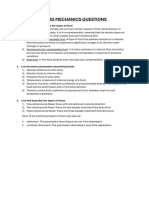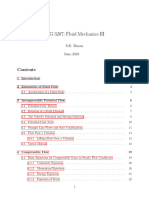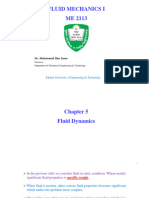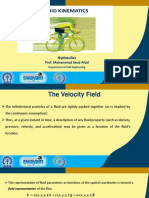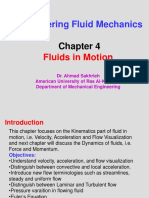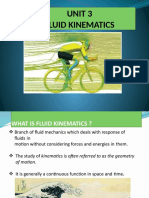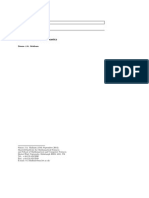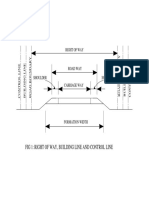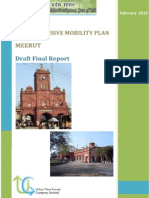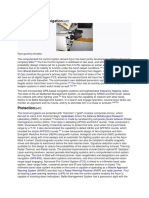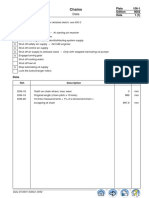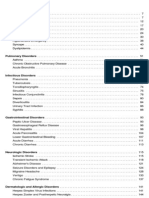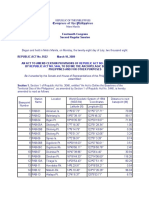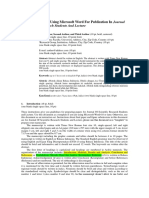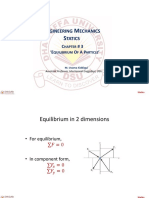0% found this document useful (0 votes)
97 views21 pagesLecture 1.1 PDF
Lecture 1.1 introduces fundamental concepts of fluid dynamics necessary for understanding turbomachinery, including kinematics, dynamics, and computational fluid dynamics. It discusses microscopic versus macroscopic approaches, Eulerian versus Lagrangian methods, and key definitions such as velocity, stream function, vorticity, and circulation. The lecture emphasizes the importance of circulation in developing blade element theory for turbomachines.
Uploaded by
Devesh KumarCopyright
© © All Rights Reserved
We take content rights seriously. If you suspect this is your content, claim it here.
Available Formats
Download as PDF, TXT or read online on Scribd
0% found this document useful (0 votes)
97 views21 pagesLecture 1.1 PDF
Lecture 1.1 introduces fundamental concepts of fluid dynamics necessary for understanding turbomachinery, including kinematics, dynamics, and computational fluid dynamics. It discusses microscopic versus macroscopic approaches, Eulerian versus Lagrangian methods, and key definitions such as velocity, stream function, vorticity, and circulation. The lecture emphasizes the importance of circulation in developing blade element theory for turbomachines.
Uploaded by
Devesh KumarCopyright
© © All Rights Reserved
We take content rights seriously. If you suspect this is your content, claim it here.
Available Formats
Download as PDF, TXT or read online on Scribd
/ 21







